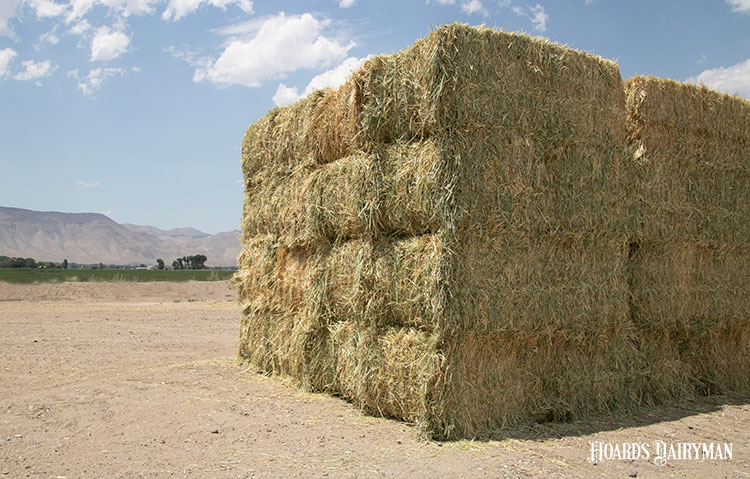
“This is the third year in a row where hay stocks declined,” said Mike Rankin during the November Hoard’s Dairyman webinar. Rankin is the managing editor for Hay & Forage Grower magazine.
Meanwhile, the September hay price reported by USDA sat at $224 a ton. A year ago, it reached a record level of $277 a ton.
Rankin said in the past few years, hay prices have not followed the cyclical nature that typically occurs. Most years, hay prices tend to go up starting at the end of the year, climb through the winter, peak in the spring, and then come down during the growing season.
It appears 2023 is following a more normal trend, with average prices for all hay peaking in April and declining since then. Rankin noted that Supreme and Premium quality alfalfa prices have also been lower compared to a year ago, recently coming in at $288 per ton. Some Western states have seen a significant decline in hay prices, and Rankin said part of the reason for that is hay exports.
Through September, alfalfa hay exports declined 29% from 2022, he shared. Exports to China, our largest alfalfa hay importer, were down 54% from a year ago, from 1.3 metric tons to 0.6 metric tons. Offsetting that a little, Rankin said, is that exports to Saudi Arabia and the United Arab Emirates (UAE) were up significantly.
“This export picture has a huge effect on Western hay markets,” he stated.
With these numbers, one might try to predict where hay prices will go in 2024, but Rankin said values will depend heavily on several factors, including:
- How much precipitation the West receives this winter
- Where hay stocks come in following 2023 production
- Trucking problems that affect hay movement
- The prices of other commodities because hay typically follows the price of other competitive feeds
- Milk and beef prices
- Interest rates, which add to the cost of production
- Exports, which are expected to rebound, but to what level is uncertain
- Weather in 2024, which is always a wildcard
To learn more, watch the November Hoard’s Dairyman webinar, “A feed and forage outlook for the year ahead.” This webinar was sponsored by Kuhn.








